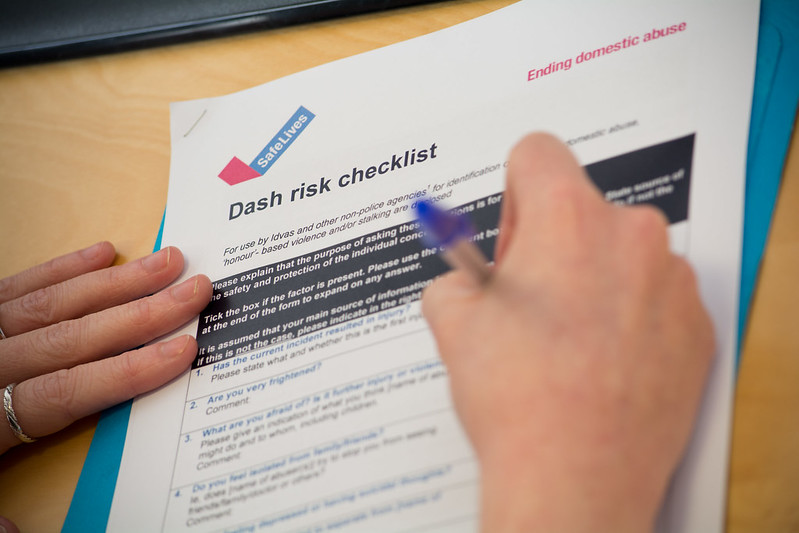Guidance for multi-agency forums: Coercive control
Practical tips and advice for multi-agency Marac forums on working with cases involving coercive control
This guidance offers practical tips and advice for multi-agency Marac forums on identifying and managing cases involving coercive control.
Coercive control describes a range or pattern of behaviours that enable a perpetrator of domestic abuse to maintain or regain control of a partner, ex-partner or family member. There is a role for all agencies to identify coercive control. Compared to victims of stalking and harassment or physical abuse, those experiencing coercive control are less likely to report it to the police, instead preferring to speak to family/friends, health professionals or work colleagues.
Some 89% of domestic abuse victims referred to an Idva service experience jealous and controlling behaviour and/or stalking and harassment, data from SafeLives’ Insights service shows. For this reason, coercive behaviours within an abusive relationship are identified by the SafeLives Dash risk checklist. The Home Office definition of domestic abuse was amended to include coercive control in April 2013.
It is important for professionals to consider how they will discover coercive and controlling behaviour. Simply asking “what has happened?” or “what has he/she done?” may not allow the victim to identify events where they were made to do something because they “feared the consequences” of not doing so, such as enforced prostitution or walking around the home backwards, eating from a dog’s bowl, punishing a child on behalf of the perpetrator (these are all real narratives from victims).
To identify coercive control cases, it is important to ask lifestyle questions such as “What is life like for you?”, “Tell me what’s the first thing you think about when you wake up in the morning?” and “Tell me about what you do in this relationship that you would not normally choose to do, but are too scared not to?”.
What this guidance contains
- What is coercive control?
- Examples of coercive control
- Coercive control: key principles for professionals
- A clear understanding of coercive and controlling behaviours
- Referrals to specialist support services should be made at the earliest opportunity
- The patterns of controlling and coercive behaviour may identify a crime
- Professionals must ensure that they are not unwittingly colluding with the perpetrator
- Perpetrators may be creative in finding loopholes in protective orders or conditions
- Children are often used as a way to continue controlling the victim
- What does this mean in practice?
- Before the Marac: The role of the Idva
- Before the Marac: The role of the police
- At the Marac: The role of the chair
- After the Marac
This resource also contains external links to additional information and guidance.
You may also be interested in
Guidance for multi-agency forums: Addressing perpetrators

